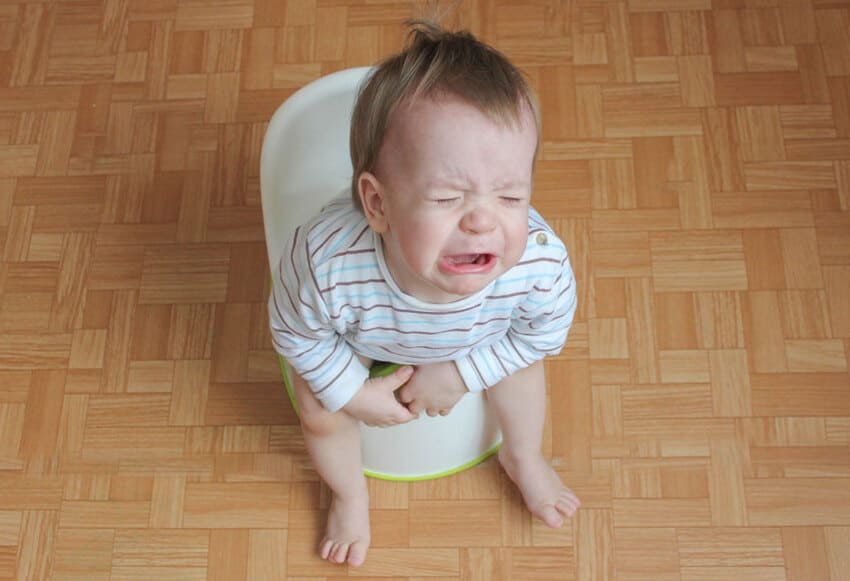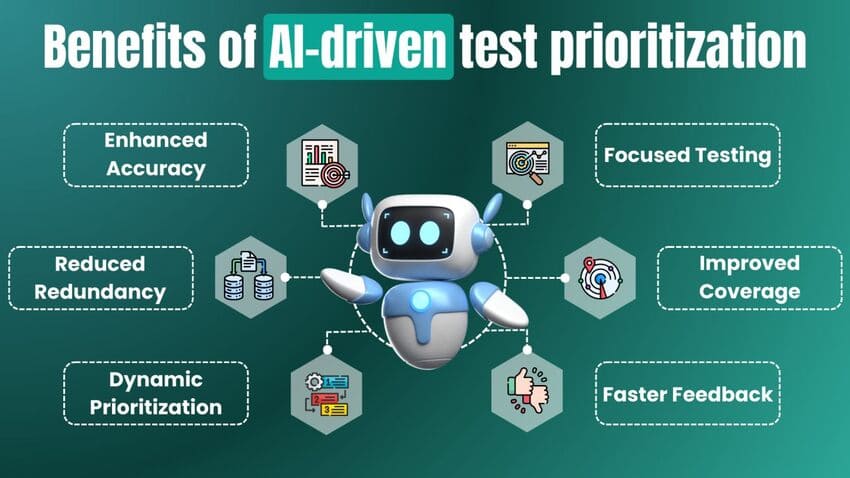
Medical Education
Medical education is education related to the practice of being a medical practitioner, including the initial training to become a physician (i.e., medical school and internship) and additional training thereafter (e.g., residency, fellowship and continuing medical education).
Medical education and training varies considerably across the world. Various teaching methodologies have been used in medical education, which is an active area of educational research.
Medical education is also the subject-didactic academic
field of educating medical doctors at all levels, including entry-level,
post-graduate, and continuing medical education. Medical education applies
theories of pedagogy specifically in the context of medical education. Specific
requirements such as entrustable professional activities must be met before
moving on in stages of medical education.
As medical professional stakeholders in the field of health care (i.e. entities integrally involved in the health care system and affected by reform), the practice of medicine (i.e. diagnosing, treating, and monitoring disease) is directly affected by the ongoing changes in both national and local health policy and economics.
There is a growing call for health professional training programs to not only adopt more rigorous health policy education and leadership training, but to apply a broader lens to the concept of teaching and implementing health policy through health equity and social disparities that largely affect health and patient outcomes. Increased mortality and morbidity rates occur from birth to age 75, attributed to medical care (insurance access, quality of care), individual behavior (smoking, diet, exercise, drugs, risky behavior), socioeconomic and demographic factors (poverty, inequality, racial disparities, segregation), and physical environment (housing, education, transportation, urban planning). A country’s health care delivery system reflects its “underlying values, tolerances, expectations, and cultures of the societies they serve”, and medical professionals stand in a unique position to influence opinion and policy of patients, healthcare administrators, & lawmakers.
- History and physical exam skills
- Differential diagnosis
- Diagnostic/screening tests
- Orders and prescriptions
- Patient encounter documentation
- Oral presentations of patient encounters
- Clinical questioning/using evidence
- Patient handovers/transitions of care
- Teamwork
- Urgent/Emergency care
- Informed consent
- Procedures
- Safety and improvement
Recent Published
Submit Manuscript
To give your manuscript the best chance of publication, follow these policies and formatting guidelines.


